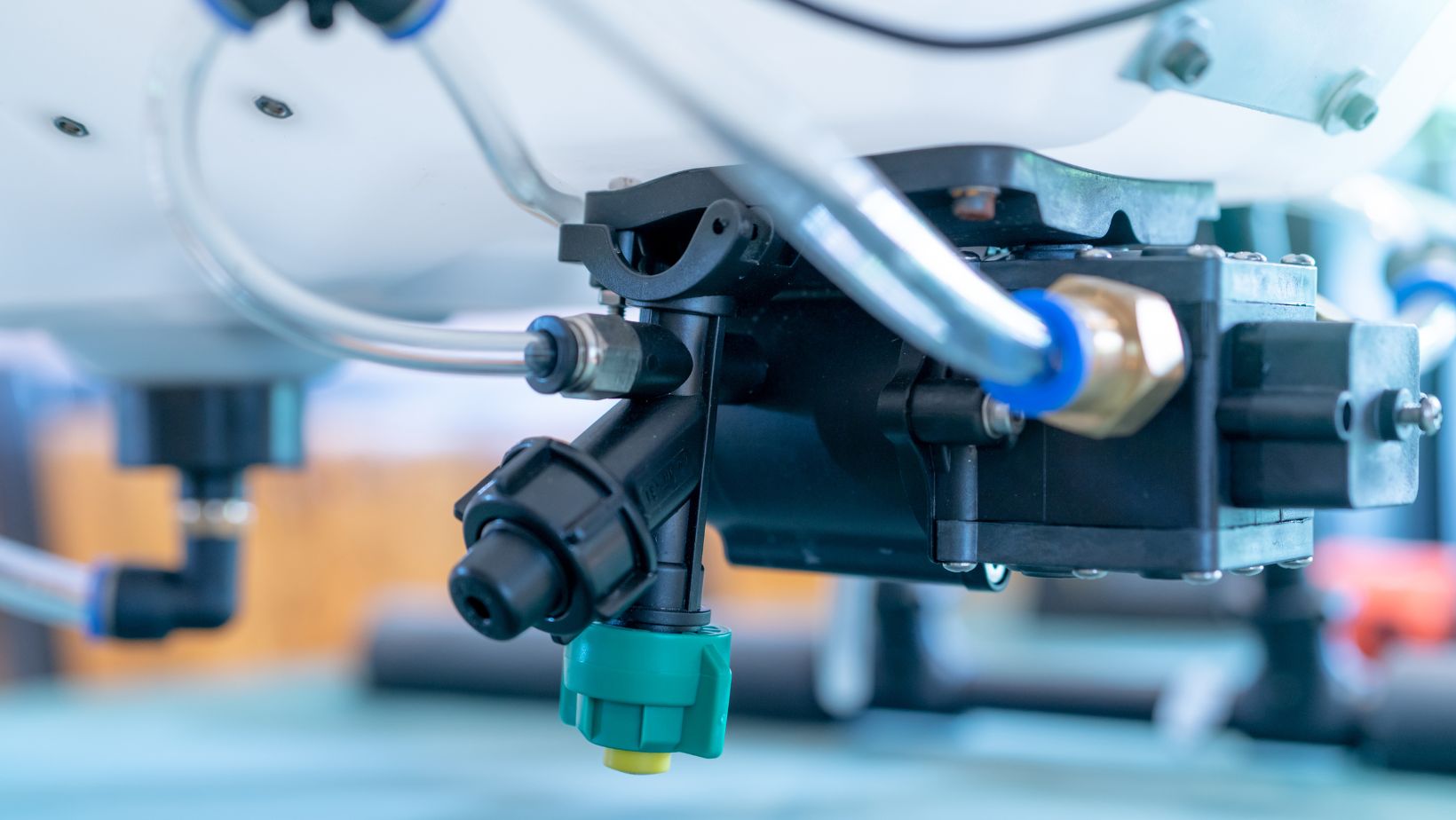
It is very gratifying to have an electrical project that one does themselves, be it a new light fitting, addition of outlets, or a room re-wired. It is not only cost saving, but can also be empowering, to learn how your home functions, and how to improve it. However, electrical work cannot be similar to a wall-painting or a furniture-assembly. Even the minor faults may cause shocks, fire threats, or costly repairs.
The majority of DIYers are good people, but they just do not know what they can do wrong until it is too late. And that is why, before you reach into your pocket to pick your wire cutters and a few connectors, we are going to discuss the top electrical errors DIY enthusiasts commit and how to prevent them like a pro.
Using the Wrong Wire Size
One of the most basic and the most threatening mistakes is to use a wrong gauge of the wire in the circuit. The size of wire is of importance, as it defines the size of current that the wire can safely carry. When the load is too heavy, then the wire might overheat resulting in the possibility of a fire.
An excellent guideline is to never exceed the size of the wire to the breaker rating, 14-gauge wire to 15-amp circuit, 12-gauge to 20-amp circuit. However, when using long runs, or increased loads, you may have to consider voltage drop. That is where such tools as a cable loss calculator can help. It assists you in making a prediction of the amount of voltage and power that can be lost to distance to allow you to select the right wire size and to guarantee your performance to be safe and efficient.
Omission of Grounding and Bonding.
Grounding isn’t optional. It helps to save your life and home by giving you a safe route to stray current. A simple electrical appliance into a shock hazard, without the correct grounding.
Something that many DIYers do not remember to do is to ground the wire appropriately, or simply forget about it and when a replacement outlet or a replacement light is installed. It is always necessary to make sure that every box, equipment, and metal conduit is bonded to Ground. When in doubt, test it. Ground continuity testers are cheap and they can actually save lives.
Neglecting to put Electrical Boxes Wire Fillings.
Each electrical box has a certain capacity, which is measured in cubic inches and it defines the number of wires and devices that it can carry safely. Overloading with too many conductors or connectors inside it becomes a real possibility of overheating as well as making poor connections that loosen loose over time.
This is a simple mistake to commit. In order to prevent this, box fill should always be calculated before wiring. The wire fill tool can be used to quickly determine the size of the box you have and whether it is large enough to install all the conductors, grounds, and devices you need. It is a very easy measure which makes your wiring safer and in line with the electrical code.
Mixing Up Wire Connections
It is so simple to switch the poles or use the wrong wires particularly in the old houses that color coding might be uneven. The hot wire when connected to the neutral terminal may result in severe hazards – the tripping of the breakers or destroyed equipment and even electric shocks.
A voltage tester can be used to identify wires before any kind of connection is made. Black (or red) is generally hot, and white is neutral, and the ground is generally (bare) copper of green or bare copper. Especially when dealing with wires that are old/painted, do not make an assumption. Spending some additional minutes of verification saves a lot of problems in the future.
Using the Wrong Amperage Breaker.
Certain DIYers are under the impression that when a 15-amp breaker continues to trip, it means that it should be replaced with a 20-amp breaker and then it will no longer trip. It is a risky delusion. Breakers trip because there is a reason behind it, normally because an excess of current is being passed through the wires which are unable to carry the excess. Fitting a bigger breaker will not resolve the underlying issue, instead it will only enable the wires to heat up, which will cause fire.
Always ensure that the breaker is the same size as the wire and the load it is supposed to handle. In case one of the circuits is overloaded regularly, redistribute the load among other circuits or ask a licensed electrician to upgrade the circuit safely.
Using wire nuts too much and not securing them properly.
Wire nuts are wonderful connectors of conductors- when correctly used. However, a common myth, of DIYers, is to attach the wires to the cap but not to join them together properly. Unsecured wire contacts create heat and may cause arcing which are a significant source of fire.
Twist the wires with pliers together in a snug mechanical connection before snapping the wire nut. Next screw the wire nut on till it is fixed. Tug the connection to make sure that it fits tight into the box and then push it in.
Excessive loading of Circuits with high load devices.
It is possible to add outlets and lights and thus improve the functionality of a room, however, there is a limit to the capacity of each circuit. Even when every individual device is functioning properly, installing too many high power loads (hair dryers, space heaters or kitchen appliances) can overload the circuit even though all of them are operating properly.

This can be prevented through proper planning of your layout. Spread the devices that need higher power on various circuits. In expansion or remodelling, map your out electrical plan and calculate the total anticipated load prior to running new wires.
Failure to Adhere to Local Codes and Authorize Rules.
Electrical codes are not there to be bureaucratic. Most DIYers do not get permits due to their concern about delays or cost, and codes will assist in preventing hazards of which you had not previously thought.
We recommend that you check out your local building requirements before you commence any major electrical work and obtain the approvals. Although you may do the majority of the work on your own, an inspector can offer worthwhile feedback that will enable your project to comply with safety precautions, as well as save you inconvenience of having to re-do them in the future.
Be Safe, Do It Right, and When to Ask.
Electrical work may be a very enriching undertaking when conducted properly, and it is also a field where care and fidelity are the greatest. The proper tools, observing safety precautions, and knowing what is beyond your capabilities can be the only difference between a triumphant DIY project and a life-threatening accident.
Always use reliable sources before trying something because you are not sure about it, so consult a licensed electrician. With proper planning and some humility, your new project can brighten your house to a great light- safely.









